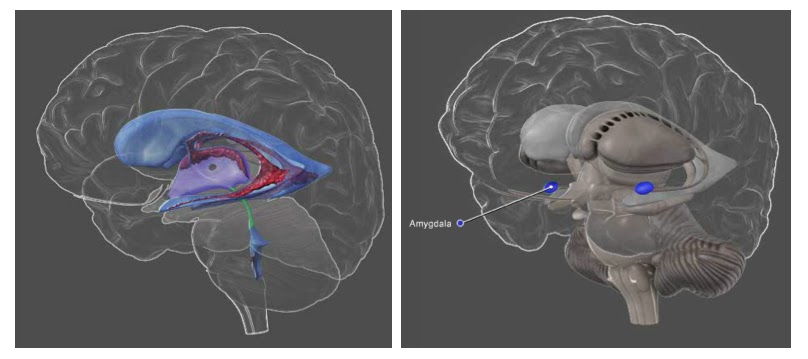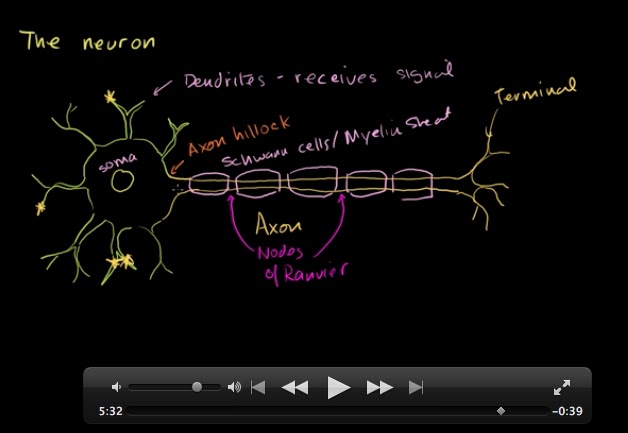What evidence did they obtain that led them to arrive at this conclusion? First you should know what evidence is there that humans experience a midlife crisis. When many people think of a midlife crisis they often imagine the middle-aged male whose behaviors may begin to resemble attempts to relive experiences that he had or had wished he had as a younger man. Similarly, the behaviors of some middle-aged women in the midst of a crisis may also seem to be attempts to recapture their youth. Importantly, not every person may experience this midlife event or if they do, it may not manifest in the same way in every person. Moreover, what most researchers consider a midlife crisis is much different that what is commonly portrayed in popular media.
What investigators have tended to focus upon as a hallmark of a personal crisis in midlife is a dip in subjective happiness or "well-being". The data collected are from surveys that include such questions as: How happy are you with your life? and How stressful is your life? An example of the typical pattern of results obtained from individuals of different ages is summarized below from a study by Stone et al. (2010). Note the dip in overall assessment of subjective well-being (WB) expressed both by men and women during the 4th and 5th decades of life. [My students might be more concerned about the precipitous decline in WB that appears to occur between the ages of 18 and 25!]
There appears to be a clear dip in their assessed WB between the ages of 20 and 40. But perhaps it would be wise to delve a litter further into the details of the study before we accept that our primate relatives experience a midlife-crisis.
First, your probably thinking it unlikely that the data Weiss et al. obtained was based upon questionnaires completed by the primates. Indeed, the assessments of WB were subjective, but they were assessments that were made by humans who were most familiar with the individual animals included in the study. The raters were zoo keepers, volunteers, researchers, and caretakers who knew the animals for 2 years or more. These humans answered a 4-item survey in which they judged the animals mood (+ vs -), how pleasurable the animal experiences in social interactions, how successfully the animal was at achieving its goals, and how happy the human would be if they were the subject for a week.
So the data from which the conclusions of the study are drawn are human assessments of the subjective WB of the animal and includes an item that required the human making the assessment to imagine themselves to be the primate they were assessing. This got me thinking.....
1) How well is any human, even one familiar with primates, accurately able to assess the subjective WB of another human, let alone the WB of a primate?
2) The raters obviously know how old the primates they rated were. Might that knowledge play a role in determining their assessments of WB?
Would you consider these significant limitations of the study? Please feel free to share your thoughts.
What I found most interesting about the study was the discussion in which the authors review some of the theories for why there is a "U" shaped age-related pattern to subjective WB in humans.
"The midlife dip cannot be explained by the effects of having young children in the household, and it is similar in males and females, so is not likely connected to menopausal changes or to societal sex roles. A selection explanation, because of the greater longevity of happy people, is likewise unable to account for the midlife dip. One socioeconomic theory is that the U shape reflects hedonic adaptation in which impossible aspirations are first painfully felt around midlife and then slowly and beneficially given up. Another theory is that the curve is linked to financial hardship and thus likely to be less pronounced in those older individuals with higher resources. A third theory is that human aging may bring with it the ability to experience less regret. In short, there is little convergence of explanations about the U-shape’s origins." (p. 19949)
In their discussion the authors do suggest that happiness may contribute to longevity and that this may account for the upswing in WB the primate populations they studied. They also suggest that elevated WB may be adaptive to individuals in their early and later years or that elevated subjective WB may be somehow maladaptive during midlife.
It may also be helpful to consider the individual frame of reference for assessing subjective WB, whether the individual is human or a social primate. In midlife comparisons may be made both retrospectively and prospectively - against what life had been like when younger and what it could be as compared to others of a similar age group as well as to elders. Perhaps from this perspective subjective well being is less than desirable. By contrast as a youth prospects may appear to be quite good and at an advanced age WB may be judged chiefly from what has been accomplished across a lifetime (this seems similar to the socioeconomic theory mentioned above.) In either case subjective WB may be enhanced.
From a neuroscience perspective the authors mention that the age-related "U" shaped pattern of WB may be attributed to maturational changes that occur in various regions of the brain. As an example, they site a 2004 study by Urry et al. that compared age correlated age related difference in WB with activation patterns in the frontal lobes of the brain. They found that enhanced activation of the frontal lobe in the left hemisphere was positively correlated with positive subjective WB (Note: The range of ages of their participants.was between 57 and 60 years). Left unanswered is if a similar result would also be found among participants in older and younger cohorts.
So at least at my age things appear to be looking up with regard to my subjective WB ; )
Sources
- Stone AA, Schwartz JE, Broderick JE, & Deaton A (2010) A snapshot of the age distribution of psychological well-being in the United States. Proceedings of the National Academies of Science USA, 107(22):9985–9990.
- Urry HL, et al. (2004) Making a life worth living: Neural correlates of well-being. Psychological Science, 15(6), 367-372. doi: 10.1111/j.0956-7976.2004.00686.x.
- Weiss, A. King, JE, Inoue-Murayama, M., Matsuzawa, T. & Oswald, AL (2012). Evidence for a midlife crisis in great apes consistent with the U-shape in human well-being. Proceedings of the National Academies of Science USA, 109 (49), 19949-19952. doi: 10.1073/pnas, 1212592109



















